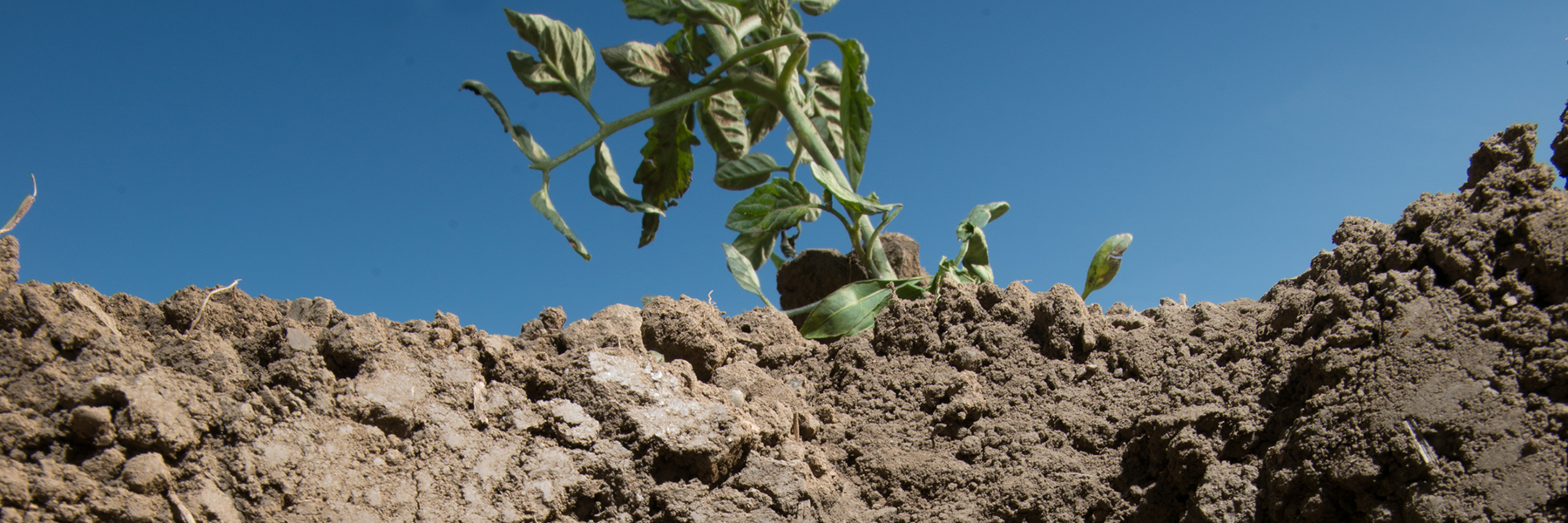Investigating the predictability of soil moisture in northern California

Soil moisture information can provide early warning of conditions that may lead to extremes, such as droughts or floods, before other more standard observations are available. When moisture measurements taken at a network of stations form a particular pattern, that information can be used to improve forecasts. New research led by NOAA and CIRES scientists at the Physical Sciences Laboratory, and published in the journal Land, identifies patterns in temperature and moisture in northern California that lead to more skillful forecasts of soil moisture at lead times of up to two weeks.
By using a technique called Linear Inverse Modeling and joint statistics of temperature and moisture from ten measurement sites in northern California, the researchers identified a combination of temperature and moisture occurring in an “optimal initial structure.” They showed that when the pattern correlation of initial conditions and this optimal structure is high, forecasts of soil moisture are generally more skillful than average, which increases the timeframe for which forecasts can be useful.
More confident forecasts that incorporate soil moisture information will allow stakeholders, such as water supply managers, emergency responders, and the public, to plan better for unusually wet or dry conditions.
Penland, Cécile, Megan Fowler*, Darren Jackson*, and Rob Cifelli (July 2021): Forecasts of Opportunity for Northern California Soil Moisture. Land, 10(7), 713, https://doi.org/10.3390/land10070713. (PSL authors bolded; *CIRES)
Posted: September 17, 2021